Shortcuts And Speed Up Tricks
In case you missed it, I declared 2024 “my back-to-production year.” It started slowly because I had a lot on my plate, but as soon as it slowed down, I got into full force. Ironically, the last ten years of education I provided to students and people I mentored were based on my peak time experience, but I wasn’t applying my tricks to my workflow so much.
Sometimes, you need to focus on yourself; other times, focusing on others will provide insights. You can only explain what you truly understand; explaining to others often forces you to rethink your knowledge. Since time flies, it has made more sense to do a lot of music to see the real challenges in 2024 and perhaps find new approaches.
In this post, I will try to summarize the different shortcuts and hacks that have led me to be on the road to work incredibly fast, making 1-2 songs per day on top of my regular workload.
Why Work Fast
If you read this blog, you know I embrace speed in music-making for multiple reasons. The number one reason is that you get better at something with practice, and if you work fast to make music, you’ll work with techniques, face issues and learn something new with each session.
By stating this over and over, it only made sense that I would be fast myself, and at first, I felt a bit rusty, so it didn’t take much time to get back into it. The first step to speed is to understand where you lose time.
For this, there are two main spheres:
Idea generation: Melodies, bass lines, percussive patterns, sequences, chord progression, hooks, song structure, arrangements, etc.
Content: Sounds, recordings, effects, etc.
Idea generation matters when developing your song, while the content sphere is about how it sounds. You can have all the best ideas in the world, but what does it sound like? You might have all the sounds, yet how you arrange them will be what your song is about.
It’s a challenge to come up with both, and many people get lost in one part of this, hyper-focusing on making the best of it and forgetting that there are other things to address. Building speed involves delegating some parts to tools that can handle it while you focus on the ones you are the best at.
A good example is the use of a drum machine. One might want to focus on hook and song structure but will leave the percussive side to a drum machine that won’t need much programmation nor sound design, as it comes with its sound. Another example is from the acoustic genre, like folk music, where the sounds will be guitar and voice, so the artist can focus on the lyrics and perform without worrying about finding many sounds.
Finding Your Shortcuts Through Tools
Once you know where you lose time, it’s time to realize that technology exists to simplify your workflow. Regarding tools and plugins, here is a complete list of all the tools I use to enhance my music.
Idea Generation
Hooks, Melodies, riffs, motifs: After analyzing so many hooks from songs I love (you should do the exercise to see what you like), I can understand that they’re either sampling-related or short phrasing of notes. If you expect to make great melodies without understanding music, your best asset would be to become familiar with the basics. Knowledge is always the best investment before any use of the tool.
That said, writing ideas can be tricky. Plus, if you want to write melodies yourself, you might likely always come up with the same routine. I suggest starting with generators that can propose some starting point and then build on that.
Ableton Live 12 has many different seed generators for creating fresh ideas. I recently related to Phil Meyer’s Suite of Generators, but I also looked at Manifest Audio, which has its palette of tools freshly ready for Live 12.
If you’re not familiar with the various tools AlexKid made, he humbly started with a drum machine sequencer in Live, but soon after, he came up with multiple tools for generating ideas, such as Seqund and the suite bundles.
I also love AudioModern and Riffer, and Rozzer and Sting can be super powerful free tools. Snake just got a new version of Live 12, which is lovely.
Sounds and Content
If we are going to relate to samples, there are multiple options on the market. In the subscription model, there is always Splice (one-shots, loops, plugin rent-to-own and more), Loopcloud (one-shots, loops, midi), Tracklib (royalty-free song content to reuse), and Soundsnap (sound library from field recordings to one-shots, used mainly by movies). You can also explore free options with Freesound, Archive.org, and Samplette (random YouTube searcher).
The best way to generate new sounds is to create a macro where I have mapped the parameters of a sampler or Synth as a macro and then hit the macro’s randomizer to access a new sound.
Creativity comes from action and motion. You need to sit and work for ideas to come.
Collaboration
This is not a plugin, but collaboration has the most significant impact on speeding things up. It also depends on who you work with. In-person sessions can often result in distractions, chatting, smoking weed, and not doing that much. Ideally, I prefer remote sessions where each participant works when they have time, at the peak of their focus.
The other benefit of working remotely is collaborating with anyone, anywhere. In my case, my collaborators are often in different countries.
If you want to learn how to make music fast, work with someone who knows their way. When you swap projects, knowledge will be shared. You will find collaborators in people who do something you love and do something well that you don’t. Someone who complements you will do better than someone at your level or who has the same ways as you.
Now, here’s a twist. Sometimes, it’s good to work with someone with zero music-making experience who is in good spirits and will provide you with some ideas. I find it inspiring to be sitting in the studio with someone who will go, “I imagine the song to do this, and that can go there.” then you do what you can with that information, and whatever happens, it gets you to a place you would not explore on your own. A beginner is often enthusiastic about things you might be jaded about, giving you an appreciation for things you got bored with.
During a recent retreat, we did a jam with four people. While this wasn’t new to me, everyone else had never tried that before, and they were mind-blown by what we were doing. There was no preparation at all. We just improvised, and everything felt natural and fun. What felt like 10 minutes was almost 2 hours of weird music. That was energizing, and we all shared the music that we saw fit with others.
Templates and References
In my fast pace of music-making, I’m having two initial sessions. One is building a base idea, and the other is creating a skeleton song. As you have learned from this blog, fetching, developing, and organizing ideas should be the base of your work, and it takes a lot of time to find the ones you love. But that shouldn’t stop you either from advancing within your music-making.
Building songs from basic ideas is a good starting point; sometimes, the main idea appears as you work on them.
You will be creative by working it out and not by waiting to feel creative.
This is where templates are handy. I like to save a finished song as a template, but first, I remove it from all the sounds while keeping the MIDI and effects. If you think about it, in the 1970s, people organized a mixing board for an entire album recording, which kept uniformity across the project. It would also often be recorded in a unique studio.
Keeping the song as a template speeds up your organizing for the follow-up song(s).
Rekordbox
I once saw someone on Instagram saying everyone should DJ, and I agree. I don’t mean that everyone should perform as a DJ in clubs, but more for self-educational purposes and because it’s fun. It opens you up to many exciting understandings of how electronic music works. If you disagree, fair enough, so we should agree on one point: anyone who makes electronic music for DJs should at least learn and play as a DJ themselves.
In the last months, I went back into DJ mode and found a new range of inspiration. Plus, playing unfinished music in Rekordbox alone pointed out flaws in the arrangements and the mix that I initially felt were ok. It even altered my workflow, where I would make a skeleton arrangement for a song and then directly drop it in Rekordbox to play it with music I love so I could see what happens, what works, and what does not.
So, in a way, stepping out of Ableton Live and going into Rekordbox is a shortcut and also a headache saver.
Everyone should learn how to DJ. There is a lot to learn and it gives you appreciation for the art, for the music while educating you on how music is made. Just as much as everyone should learn how to play piano.
Templates
I’ve discussed this multiple times, but when you start making music, I recommend starting by making one template per studio session. From simple to complex, creating a template ensures that you structure future sessions, organize what you do each time you start a song, and store potential techniques to explore.
Here are some ideas to explore:
- Mixing template: Create a template of multiple pre-made channels with effects for mixing.
- Minimal (or any genre) template: Have a template with a collection of kicks, synth presets, and other sounds ready for you to put in the spirit of making one genre.
- Sound scrubbing: Build a template with different tools for altering and destroying samples, such as granulators, distortion, modulators and samplers.
- Complex routing: Perhaps you’d like to explore weird techniques of gating and side-chaining with some complex routing made in advance.
- Pad collection: Load up a bunch of synths and samplers to have complex textures in layers.
- Percussion swapper: Open multiple drum kits and send the same midi to various kits so you can preview your options.
The beauty of having options in a template means two possible points: the first is that you can open a template and start working on it or import channels from a project you are currently working on.
Macros and Systems
Quite often, when I open up the projects from clients, I see they use a chain of effects. Some make no sense, while others are interesting, but however it works, I never see them being grouped as macros. I’m always surprised how so few people miss the opportunity to use one of the most powerful aspects of Ableton. Not only is it easy to group that rig of effects, but who knows if it can be used later on in another song.
Turning multiple effects into a macro means:
- You can map essential parameters of the effect to knobs so you can control them with PUSH or quickly have access to the knobs, all centralized in one place.
- Save parameters as global presets to have different colours quickly.
- Randomize your rack for unexpected results.
- Modulate elements from one spot.
I’d encourage you to add this as a habit, as it will automatically pay off in the short term.
Systems are a bit like macros but a bit more advanced, so they are not easy for a newcomer to explore. What I refer to as a system is when you have built a macro that generates content for your music. This falls under the umbrella of generative content but uses macros. The advantage of generative tools are to create ideas to add to your music. It can be related to percussion or melodies or weird glitches. I have a lot of generative tools I always pull out when the idea “something’s missing” pops into my mind.
Photo by Marc Sendra Martorell on Unsplash


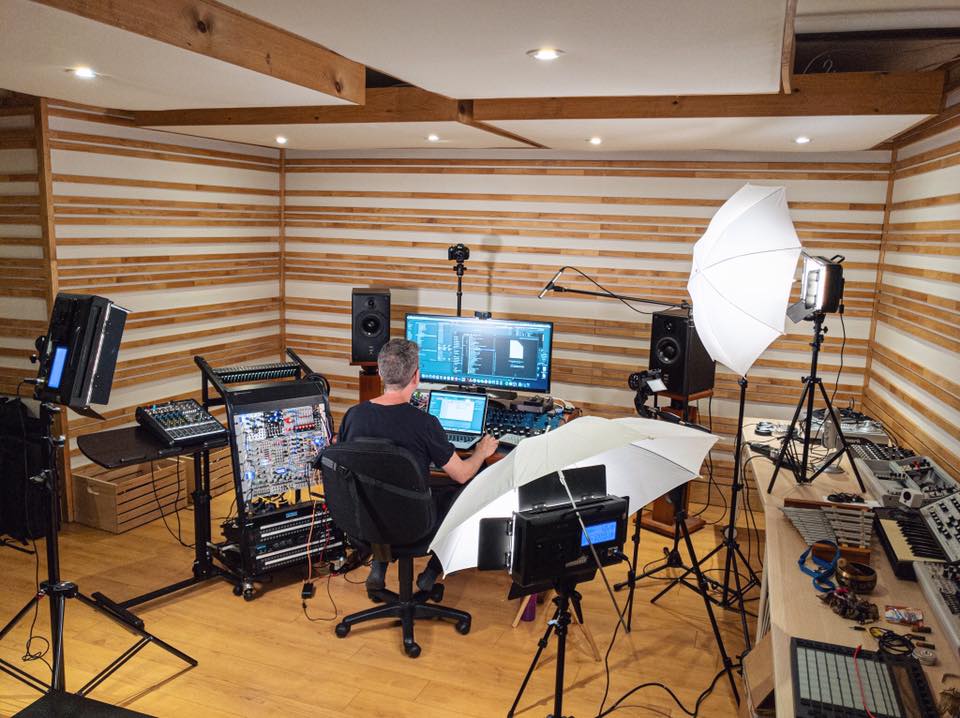
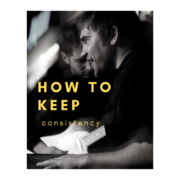
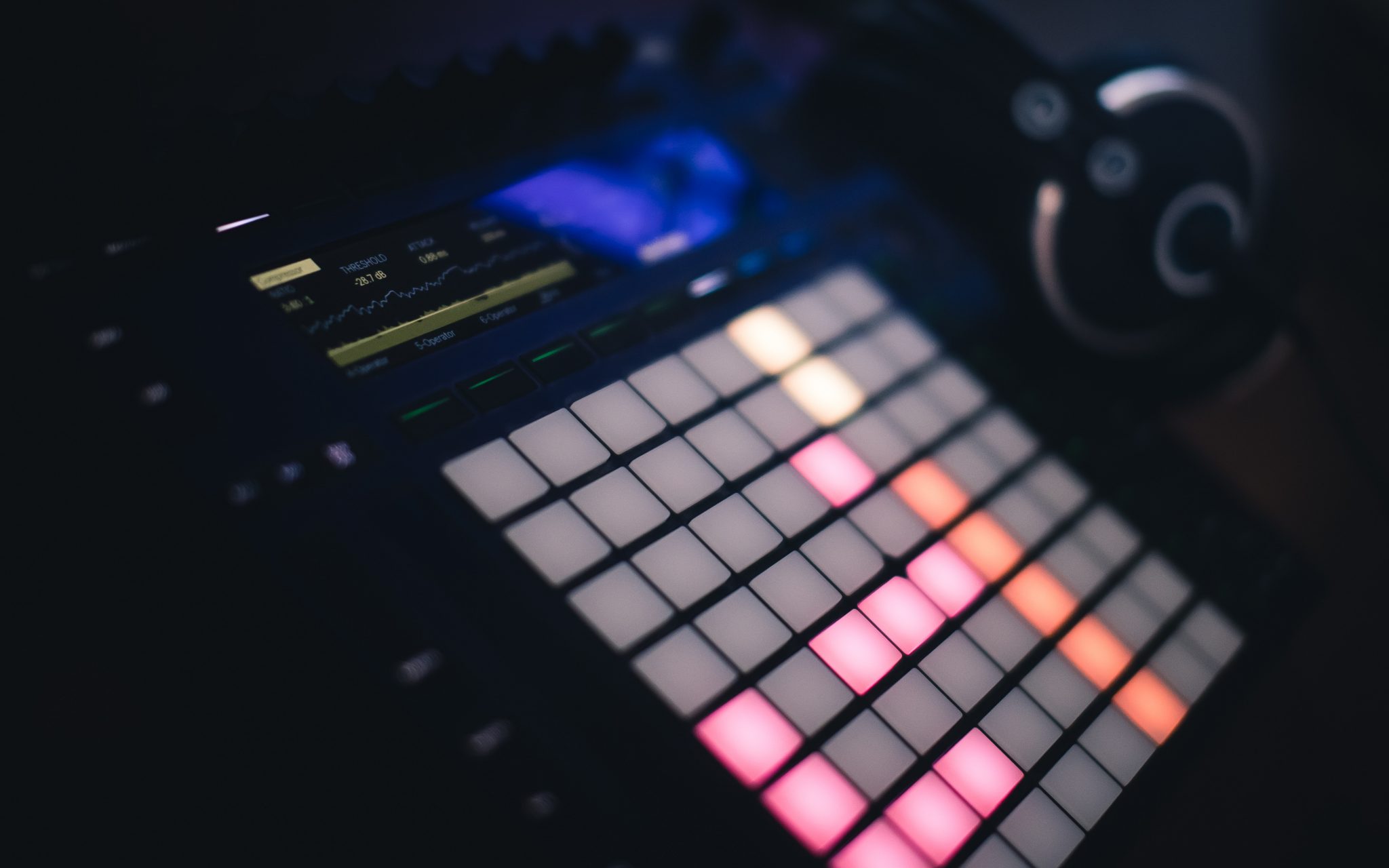

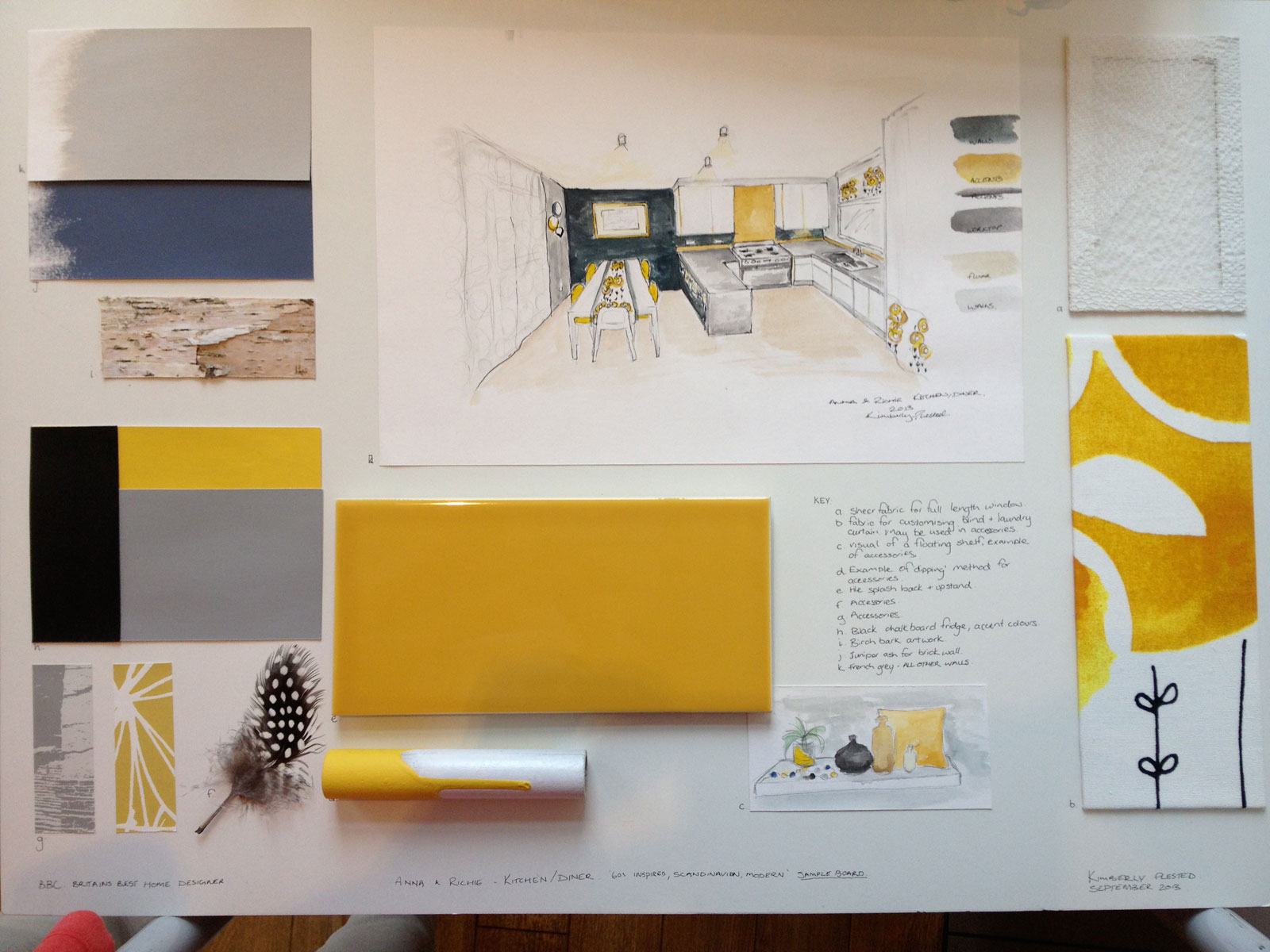
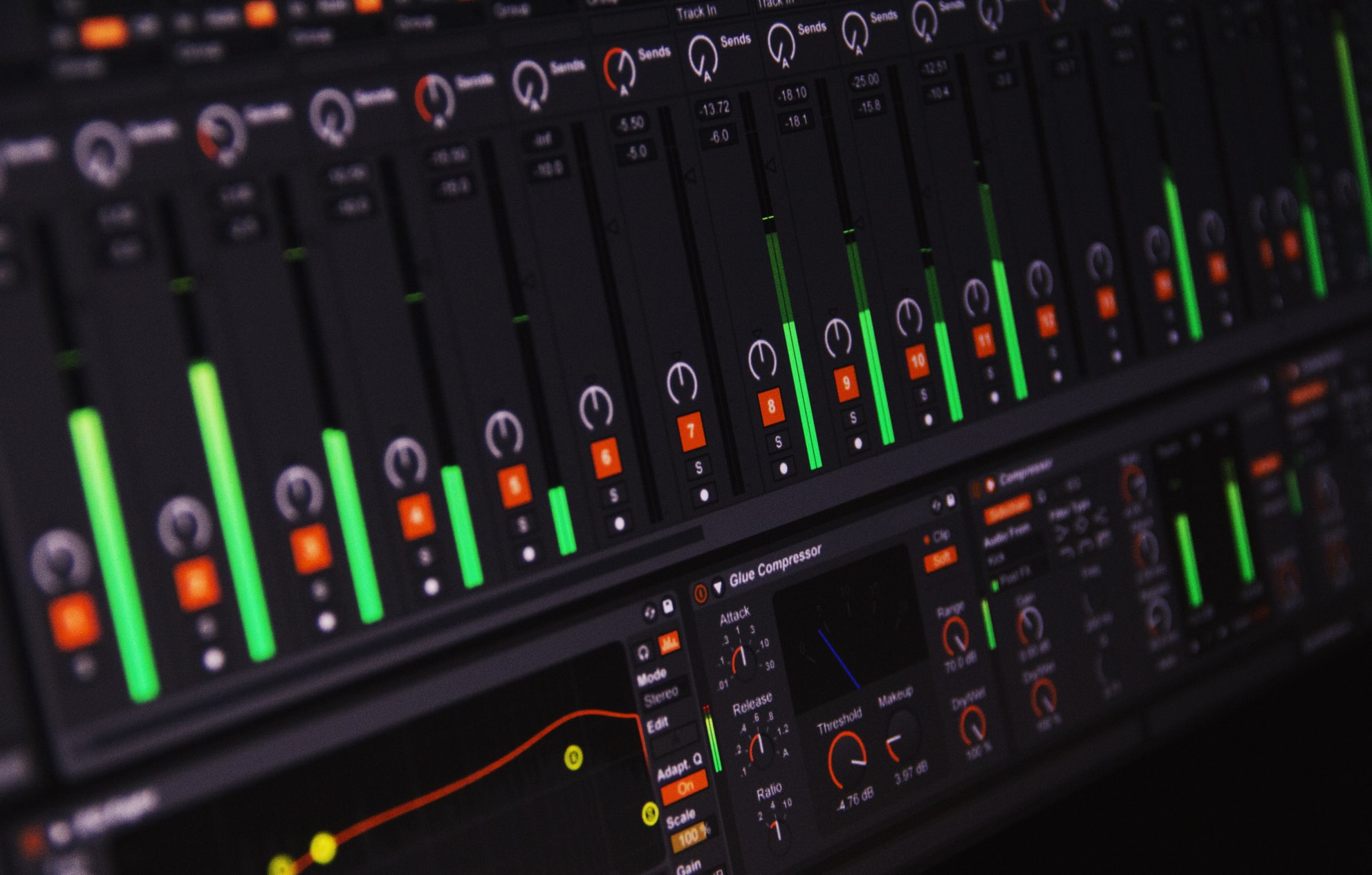




Leave a Reply
Want to join the discussion?Feel free to contribute!